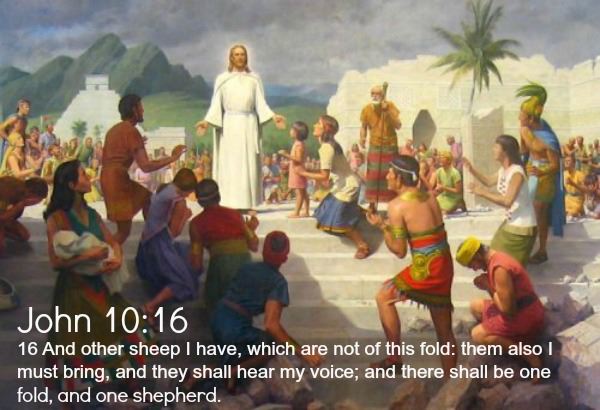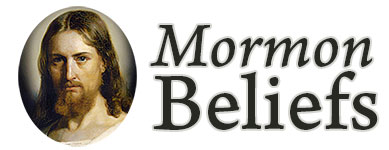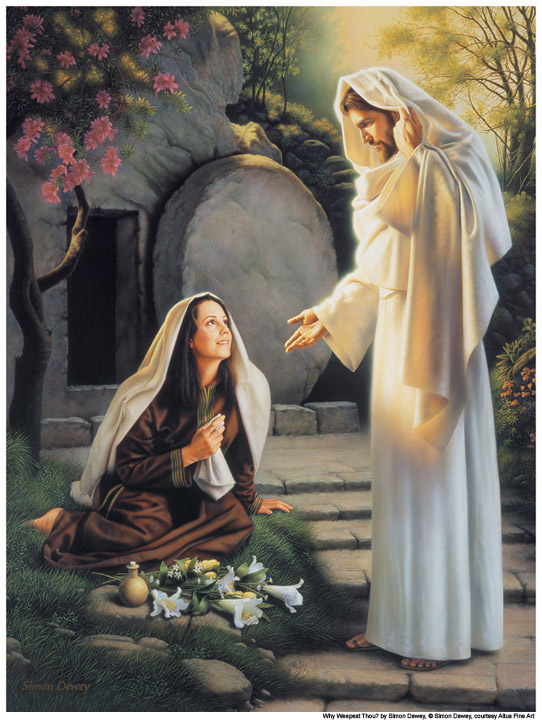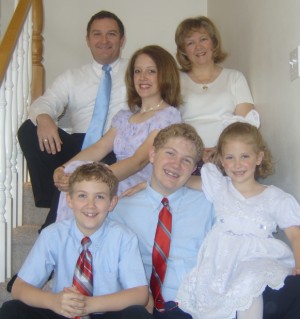In one of the most touching Easter stories, we read in the New Testament the story of the apostle Thomas in John 20:19-31. Sometimes in the popular vernacular of the day, we sometimes hear a reference to Doubting Thomas, one of Christ’s apostles. This is a portion of that story.
After the crucifixion, the apostles shut themselves away. They were fearful and anxious, wondering what they should do next and grieving for the loss of their friend and Lord. No doubt they were also upset with themselves, because when it counted the most, they abandoned their Master in the hour of His greatest need. They were suffering terrible recriminations.
When Jesus came to them, standing in their midst, the apostles were filled with joy and hope. Christ said, “Peace be unto you.”
Thomas was conspicuously absent. When Thomas arrived, the others told Thomas that Christ was risen— “We have seen the Lord.” But Thomas gruffly said, “Except I shall see in his hands the print of the nails, and put my finger in the print of the nails and thrust my hand into his side I will not believe.“
Eight days later the apostles were again locked away, and Jesus returned. Now Thomas was present. Christ said “reach hither thy finger, and hither thy hands, and thrust it into my side and be thou not faithless, but believing. Blessed are they that have not seen, but believed.” Christ then gave the apostles the gift of the Holy Ghost.
Members of The Church of Jesus Christ of Latter-day Saints often are nicknamed LDS or Mormons. Mormons believe the Book of Mormon and the Bible testify in tandem of the divinity of Christ. The Bible is referred to in Isaiah as the “Stick of Judah,” and the Book of Mormon is referred to as the “Stick of Ephraim or Joseph” indicating different tribes in Israel.
During his ministry Christ made the statement in John 10:16:
And other sheep I have, which are not of this fold: them also I must bring, and they shall hear my voice; and there shall be one fold, and one shepherd.
The people in the Book of Mormon were led to a Promised Land in the Americas prior to the coming of Christ by the hand of the Lord. The Bible and the Book of Mormon- two separate records- form a unified, complimentary testimony of the Lord Jesus Christ, His resurrection, and His divine work among these two segments of the house of Israel. (See JST Genesis 50:24–26; Ezekiel 37:15–19; 2 Nephi 3; 29; Doctrine and Covenants 27:5).
After his appearance to the disciples in Jerusalem, Christ reappeared in the Americas. These are the other sheep not of this fold referred to in John 10:16.
 In both the New Testament and the Book of Mormon Christ still bore the scars of His crucifixion even after His resurrection. In the Book of Mormon account, He invited all of the people to whom He appeared to come forth and experience His wounds, just as He invited Thomas and the other apostles in Jerusalem. (See Book of Mormon-3 Nephi 11:14.)
In both the New Testament and the Book of Mormon Christ still bore the scars of His crucifixion even after His resurrection. In the Book of Mormon account, He invited all of the people to whom He appeared to come forth and experience His wounds, just as He invited Thomas and the other apostles in Jerusalem. (See Book of Mormon-3 Nephi 11:14.)
But what astonishes me the most about these stories is that Christ still bears the scars of His crucifixion. This is in fulfillment of prophecy. However, there may also be a deeper meaning. With all of the miracles that accompanied Christ, why did He choose to retain these scars, the print of the nails, and the wound from the spear thrust into his side. The scars borne by Christ were visible and touchable. They gave Christ the credibility of the Divine.
In Luke 22:42 Christ says “Father – if thou be willing, remove this cup from me: nevertheless not my will, but thine, be done.”
After the crucifixion and resurrection, Christ visited the Americas. Christ told the people “I am the light and the life of the world; and I have drunk out of that bitter cup which the Father hath given me, and have glorified the Father in taking upon me the sins of the world, in the which I have suffered the will of the Father in all things from the beginning.” (See 3 Nephi 11; see also Doctrine and Covenants 11:28; John 8:12; Ether 4:12.)
After Christ’s appearance to his apostles in the Old World, they gained a perfect knowledge of his true identity. In the Americas, Christ also called twelve apostles and set up His Church just as He did in the Old World.
However, because of the great faith of the people in the Americas, He invited everyone to come, see and touch his wounds. In addition to their perfect knowledge, the apostles and the inhabitants of the Americas also received the gift and testimony of the Holy Ghost just as did the apostles in Jerusalem. (See –3 Nephi 11:14.)
In our own lives– all of us suffer the scars of living and the sacrifices we have made for others. Fathers age prematurely, women have stretch marks and scars from C-sections and birthing, and soldiers bear the scars of war. Other’s bear scars from accidents, surgeries, and other traumatic life events. These scars are only the visible and external scars of living life. Moreover, others scars, such as emotional and spiritual scars are not outwardly visible or obvious. At some point in our lives these scars eventually reveal themselves to us and our loved ones or associates.
These gospel stories found in the Bible and the Book of Mormon lead us to believe in the utility of the scars and trials we all face in this life every day. No one is exempt, and no one escapes from this life unscathed.
They demonstrate our personal passion to make the world a better place for ourselves, loved ones, family members and even associates and strangers.
The scriptural record does reflect certain ugliness among men, even a rejection of gospel principals, teachings and the commandments of God. However, the scars that Christ bore after His resurrection are symbols of great beauty, the beauty of our ability to be forgiven of our trespasses and Christ’s willingness and action to bridge the gap between justice and mercy caused by the fall, and man’s free choice. Free choice is an essential element in the Plan of Salvation. God never deprives us of our free choice. Sometimes, our own actions limit our choices, but it is us who limits our choices, not God.
We may not fully understand or appreciate the value of our personal scars, but there must be value there, otherwise, why would Christ have retained his scars? This is a gospel mystery worthy of contemplation.
Outwardly and inwardly, our personal struggles may not matter to the world, but they do matter. Our loved ones bear witness of our personal passion and love for them because it does matter. The scars we bear should be a badge of honor — just as there was value in Christ’s scars and a testimony of his works.
Although there is ugliness in the world because God’s children have chosen to disobey His will, there is a redeeming value and a purifying beauty in our scars. Christ bore his scars with honor, love and duty. We also benefit by bearing our scars with honor, love and duty as did our Savior and Redeemer.
King Benjamin in the Book of Mormon said it best when he addressed his people, “And behold, I tell you these things that ye may learn wisdom; that ye may learn that when ye are in the service of your fellow beings ye are only in the service of your God” (Mosiah 2:17).
This article was written by Mel Borup Chandler, a member of The Church of Jesus Christ of Latter-day Saints.
 Mel Borup Chandler lives in California. He writes about science-related topics, technological breakthroughs and medicine. He is a former member of the Los Angeles Press Club. Additionally, he has also served an LDS Mission in Argentina during Argentina’s “Dirty War.”
Mel Borup Chandler lives in California. He writes about science-related topics, technological breakthroughs and medicine. He is a former member of the Los Angeles Press Club. Additionally, he has also served an LDS Mission in Argentina during Argentina’s “Dirty War.”





This was a beautiful piece! I needed to hear some of the things you wrote! I will be referring to this again, as I need it.
Thank you very much for this wonderful insight! I’ve been dealing with some very emotionally scarring events, but thinking of the Savior in this way, retaining the scars in his hands and feet, gives me comfort and reminds me that I am not alone and he can bear me up.